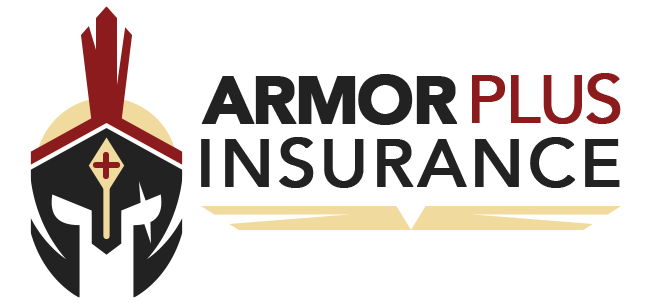Auto insurance is not just a legal requirement; it’s a vital financial safeguard that protects you, your vehicle, and others on the road in the event of accidents, theft, or unforeseen incidents. However, with a myriad of coverage options and policy features available, understanding auto insurance can be overwhelming. In this beginner’s guide, we’ll simplify the complexities of auto insurance, helping you navigate through coverage options and policy features to make informed decisions and ensure comprehensive protection for your vehicle and yourself.
Understanding Coverage Options:
1. Liability Coverage: Liability coverage is the cornerstone of auto insurance, providing financial protection if you’re responsible for causing injuries or property damage to others in an accident. It typically includes two components:
- Bodily Injury Liability: Covers medical expenses, lost wages, and legal fees for injured parties.
- Property Damage Liability: Covers repair or replacement costs for damaged property, such as vehicles or structures.
2. Collision Coverage: Collision coverage protects your vehicle against damage resulting from collisions with other vehicles or objects, regardless of fault. It covers repair or replacement costs for your vehicle, up to the actual cash value (ACV) of the vehicle, minus the deductible.
3. Comprehensive Coverage: Comprehensive coverage provides protection for your vehicle against non-collision incidents, such as theft, vandalism, fire, natural disasters, or hitting an animal. It covers repair or replacement costs for your vehicle, up to the ACV, minus the deductible.
4. Uninsured/Underinsured Motorist Coverage: Uninsured/underinsured motorist (UM/UIM) coverage offers financial protection if you’re involved in an accident with a driver who doesn’t have insurance or doesn’t have sufficient coverage to pay for your injuries or property damage. It covers medical expenses, lost wages, and other damages for you and your passengers.
Exploring Policy Features:
1. Deductibles: A deductible is the amount you’re responsible for paying out of pocket before your insurance coverage kicks in. Choosing a higher deductible can lower your premium but increases your financial responsibility in the event of a claim.
2. Limits: Coverage limits refer to the maximum amount your insurer will pay for covered losses. It’s crucial to select limits that provide adequate protection based on your financial situation and potential liabilities.
3. Additional Coverage Options: Auto insurance policies may offer optional add-ons or endorsements to customize your coverage further. These may include:
- Medical Payments Coverage: Pays for medical expenses for you and your passengers, regardless of fault.
- Rental Reimbursement: Covers the cost of renting a vehicle while yours is being repaired.
- Roadside Assistance: Provides services like towing, fuel delivery, and tire changes in case of a breakdown.
Auto insurance is a vital investment in protecting yourself, your vehicle, and others on the road. By understanding the coverage options and policy features available, you can select the right auto insurance policy to meet your needs and ensure comprehensive protection against unforeseen events and risks. Take the time to review your coverage options, assess your needs, and consider consulting with an insurance professional to ensure you have the right coverage in place for your unique circumstances. With the right auto insurance policy, you can drive with confidence, knowing that you’re well-protected no matter what the road may bring.

